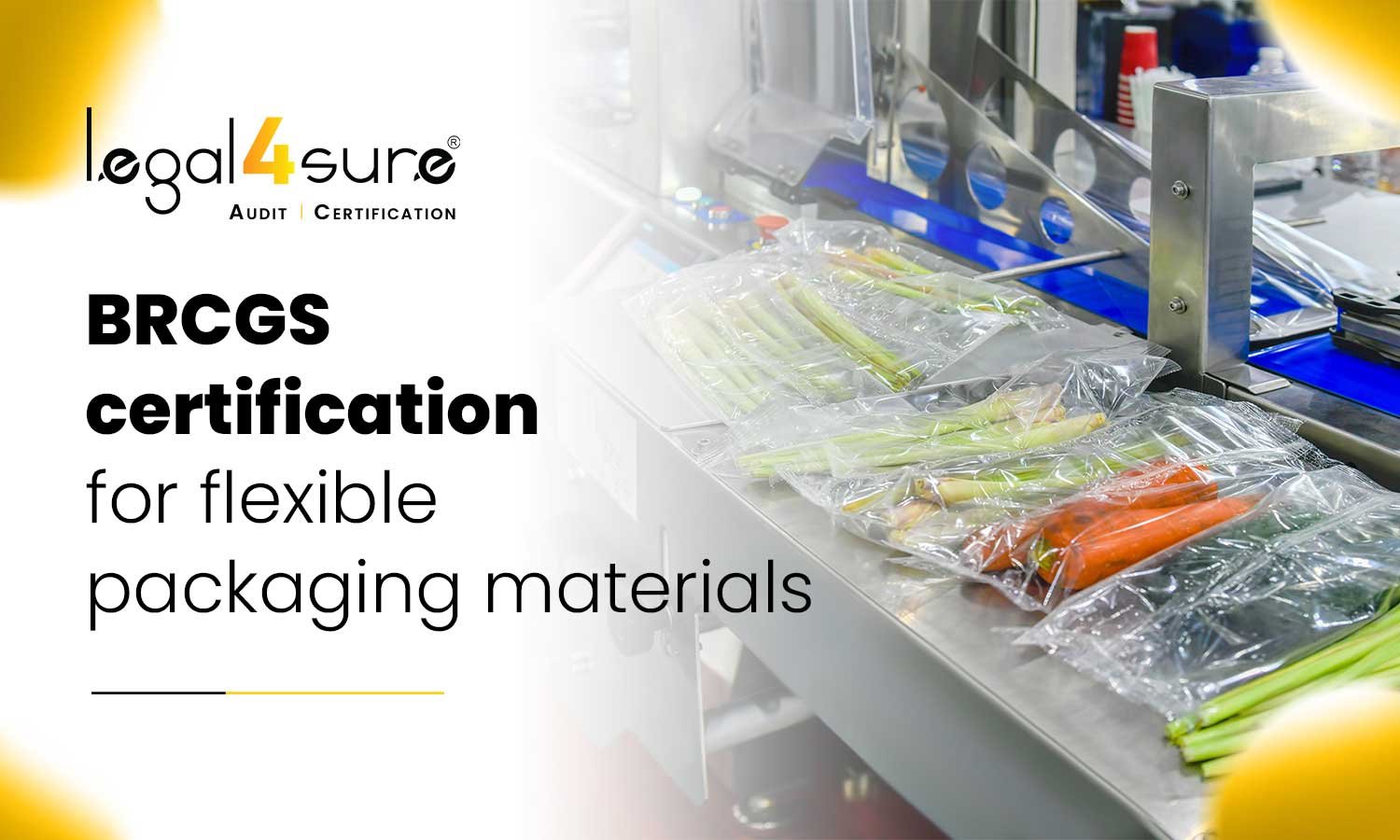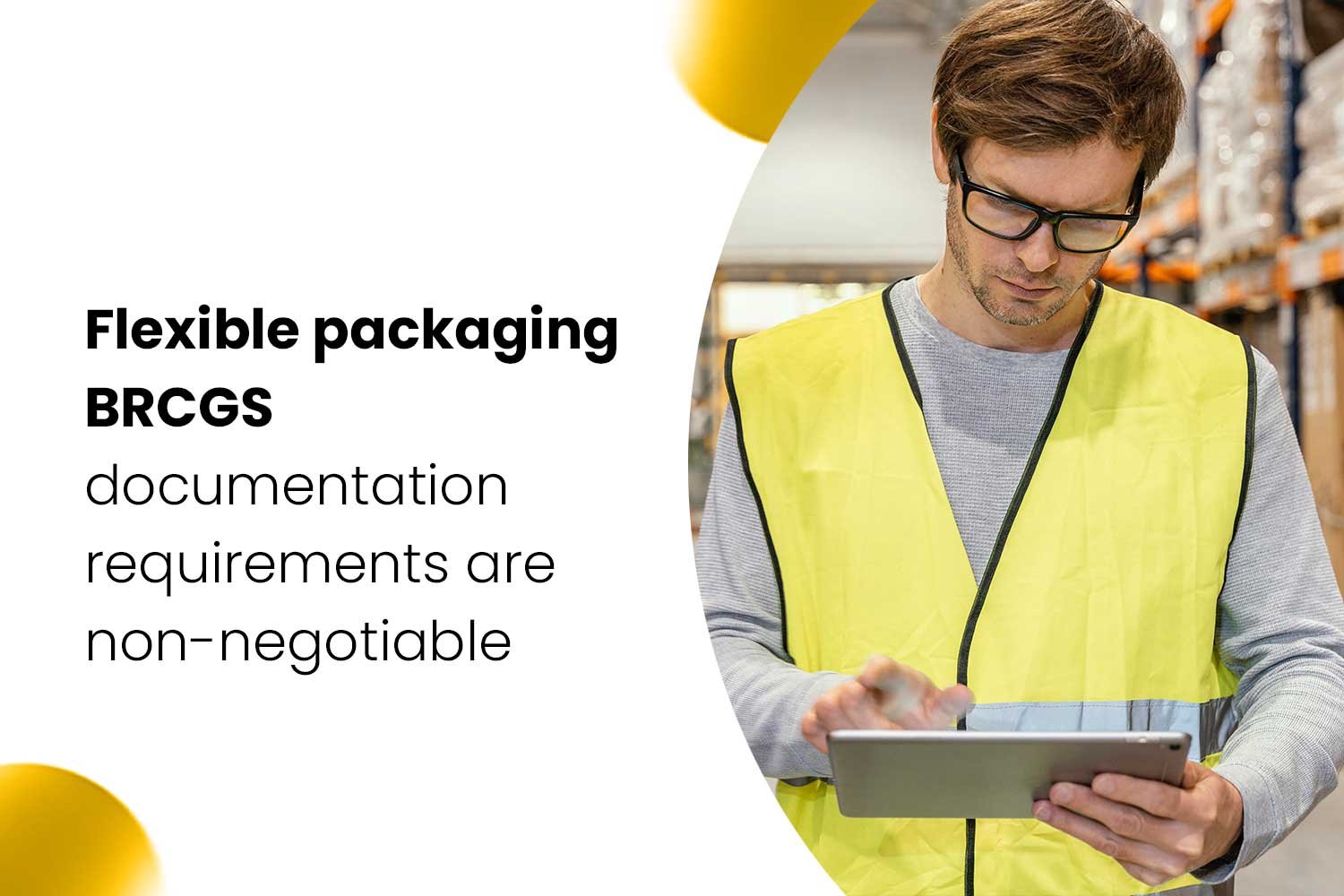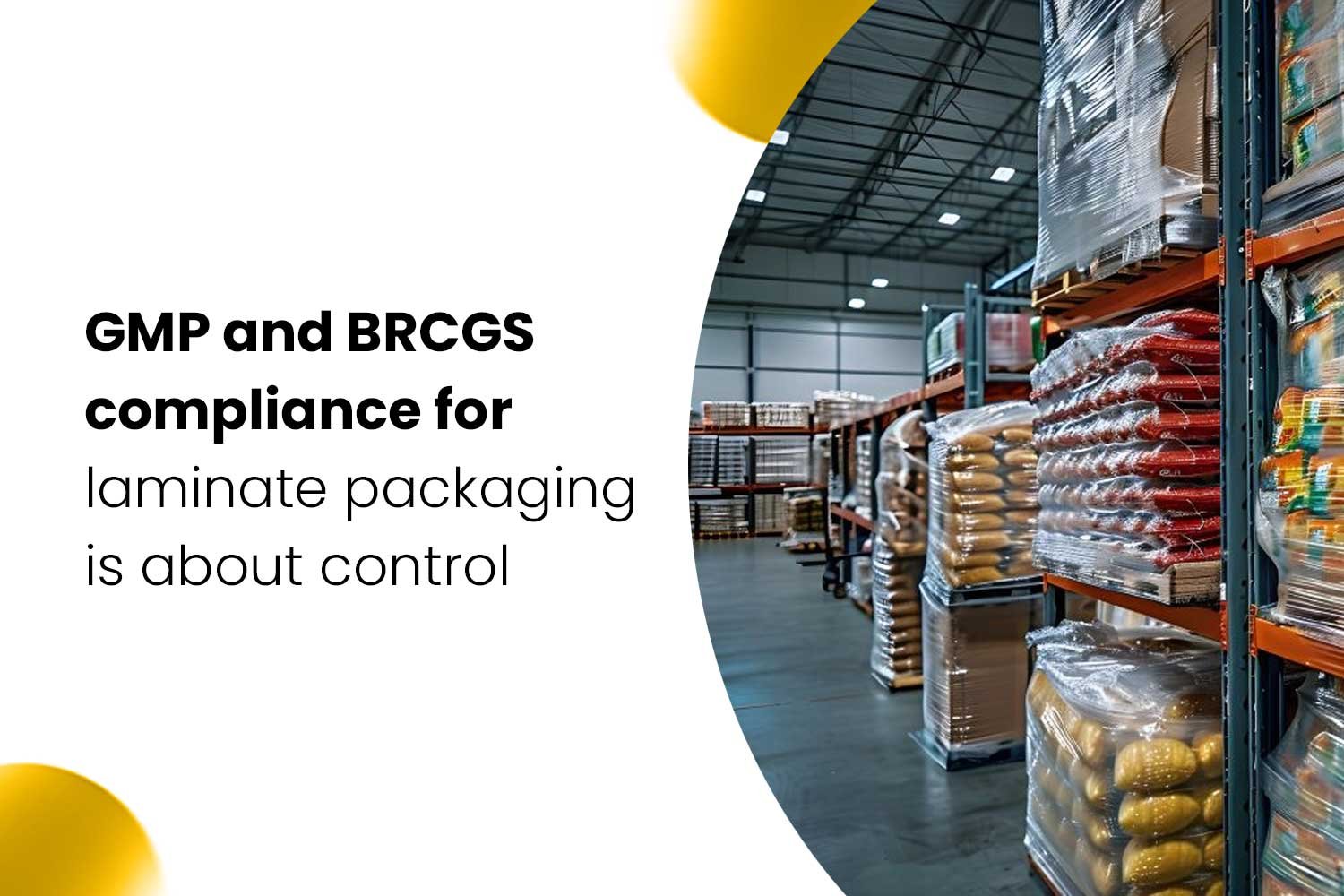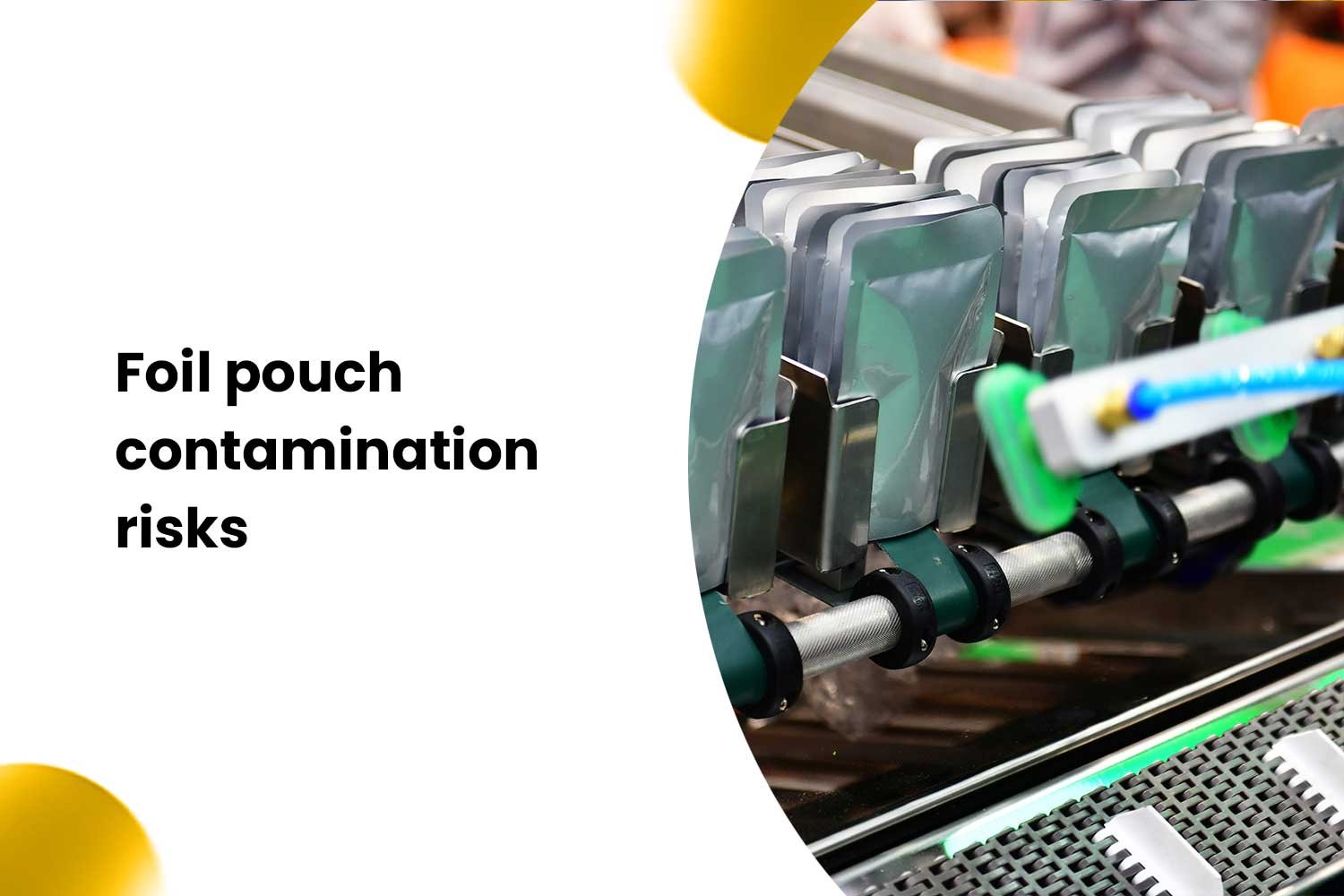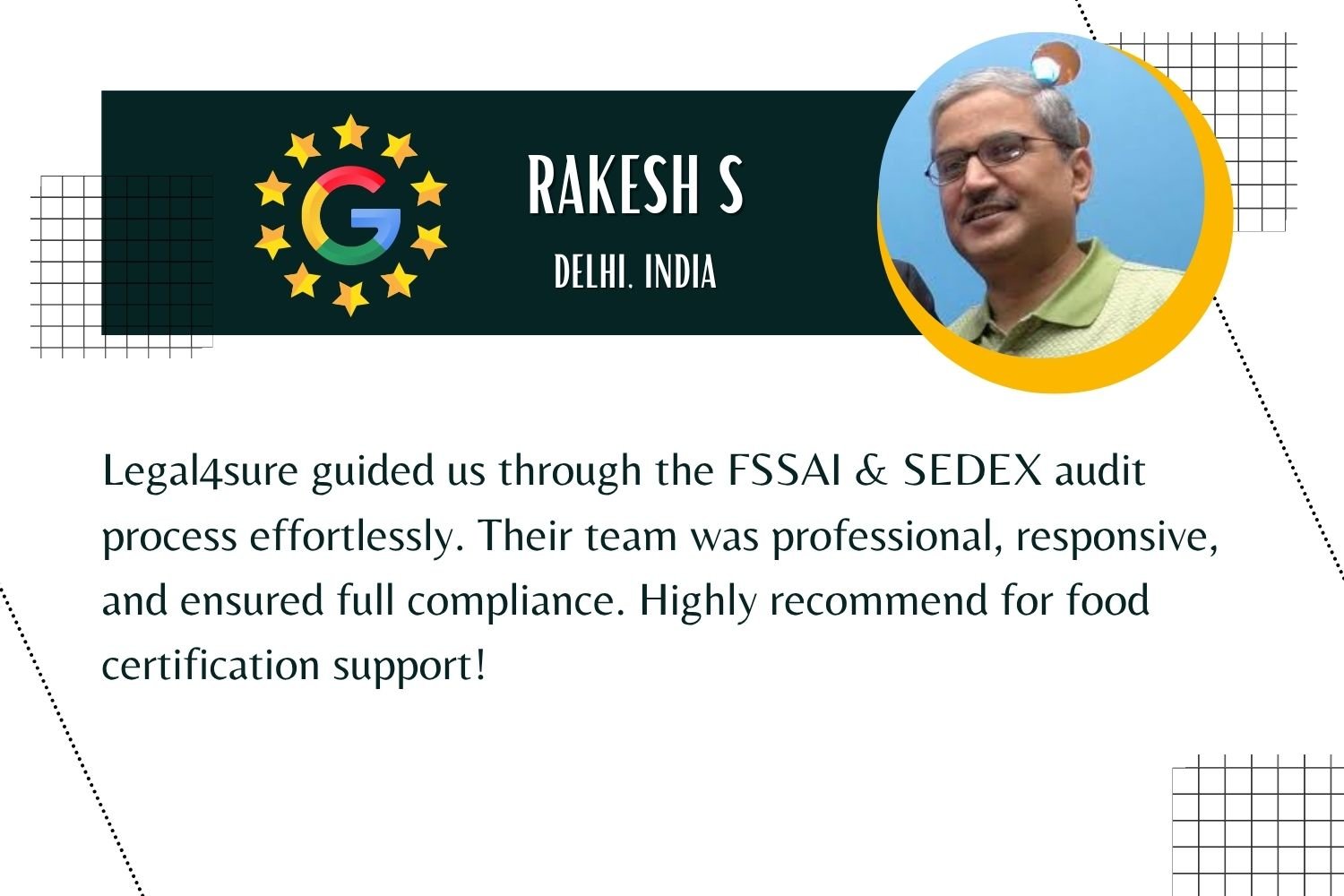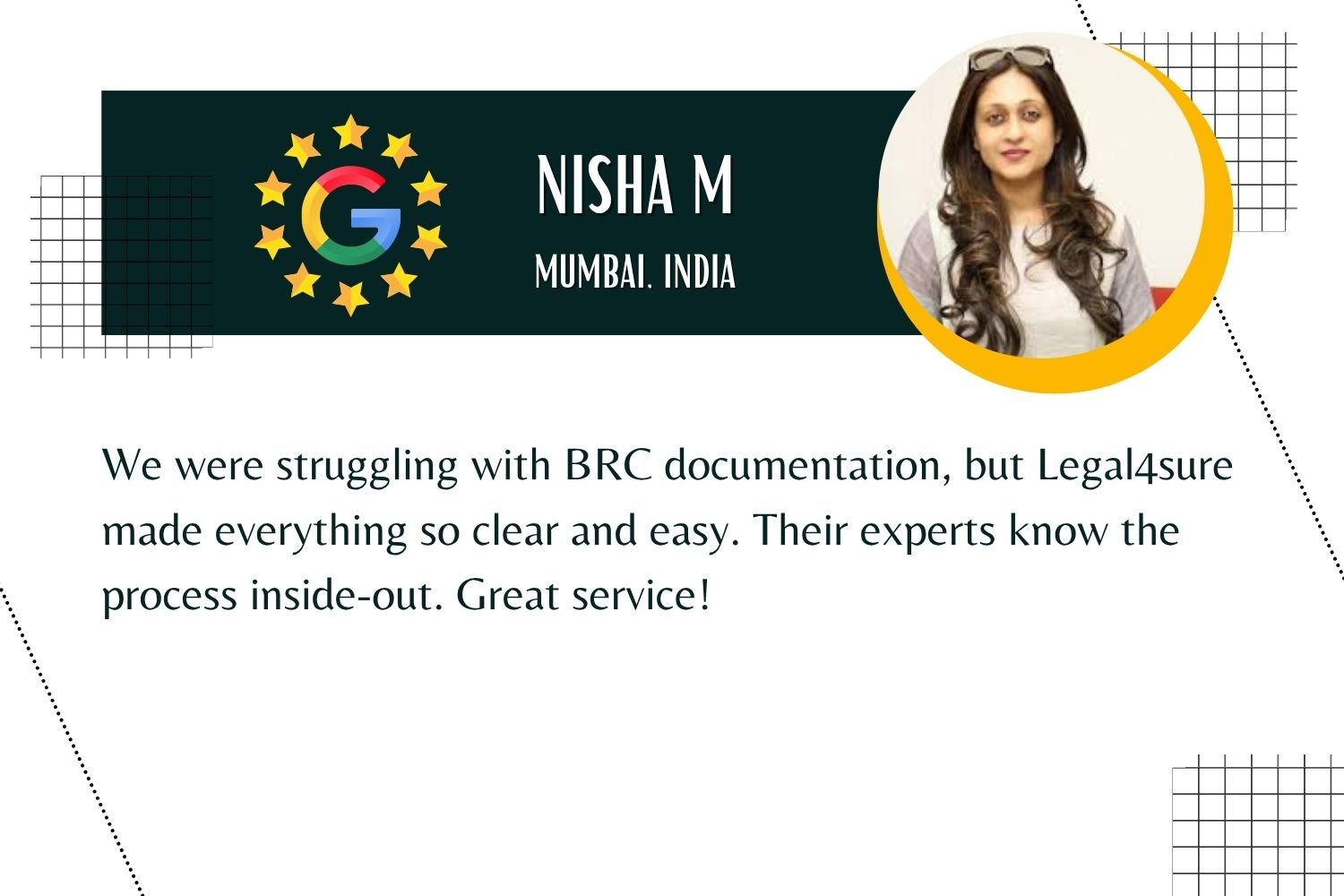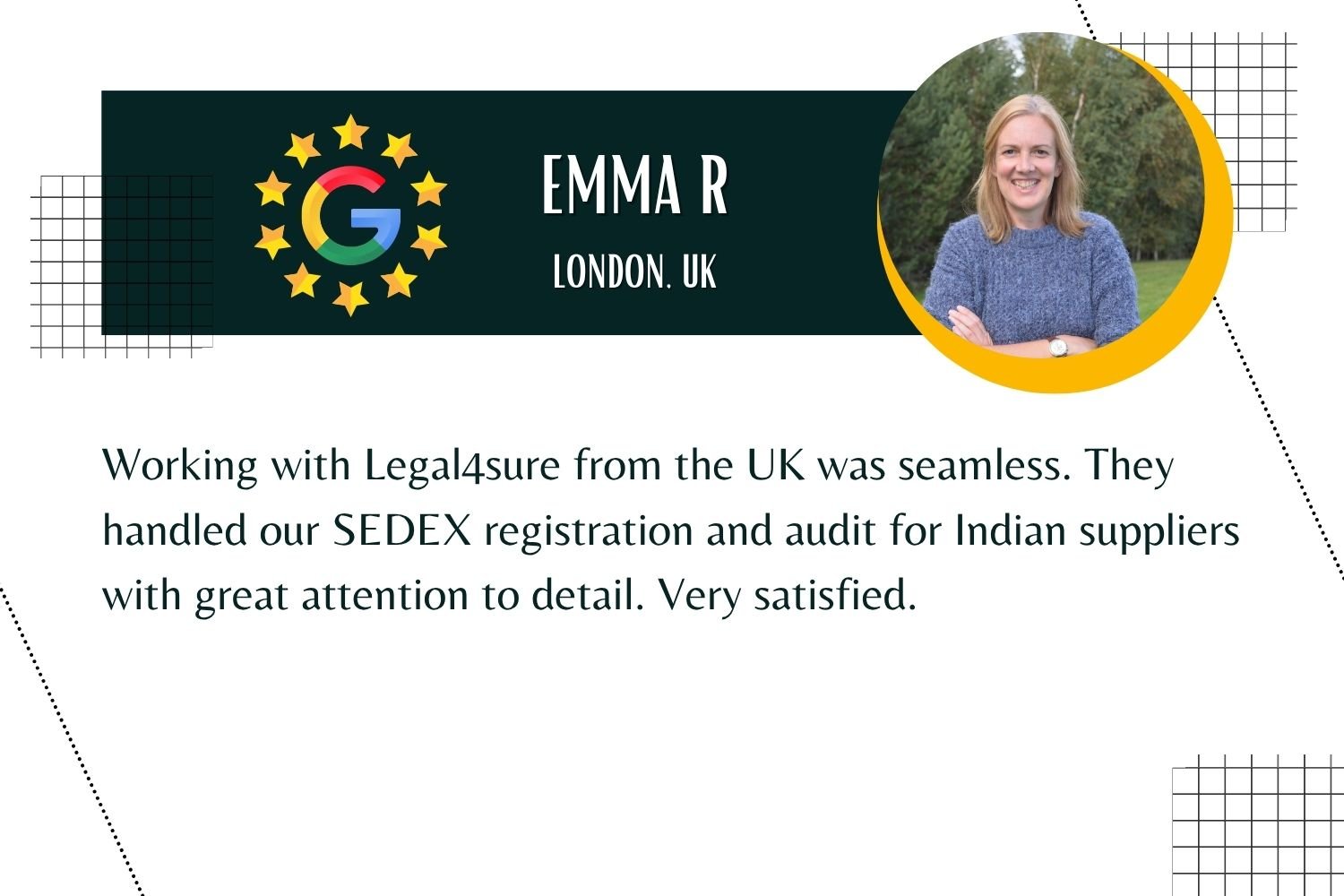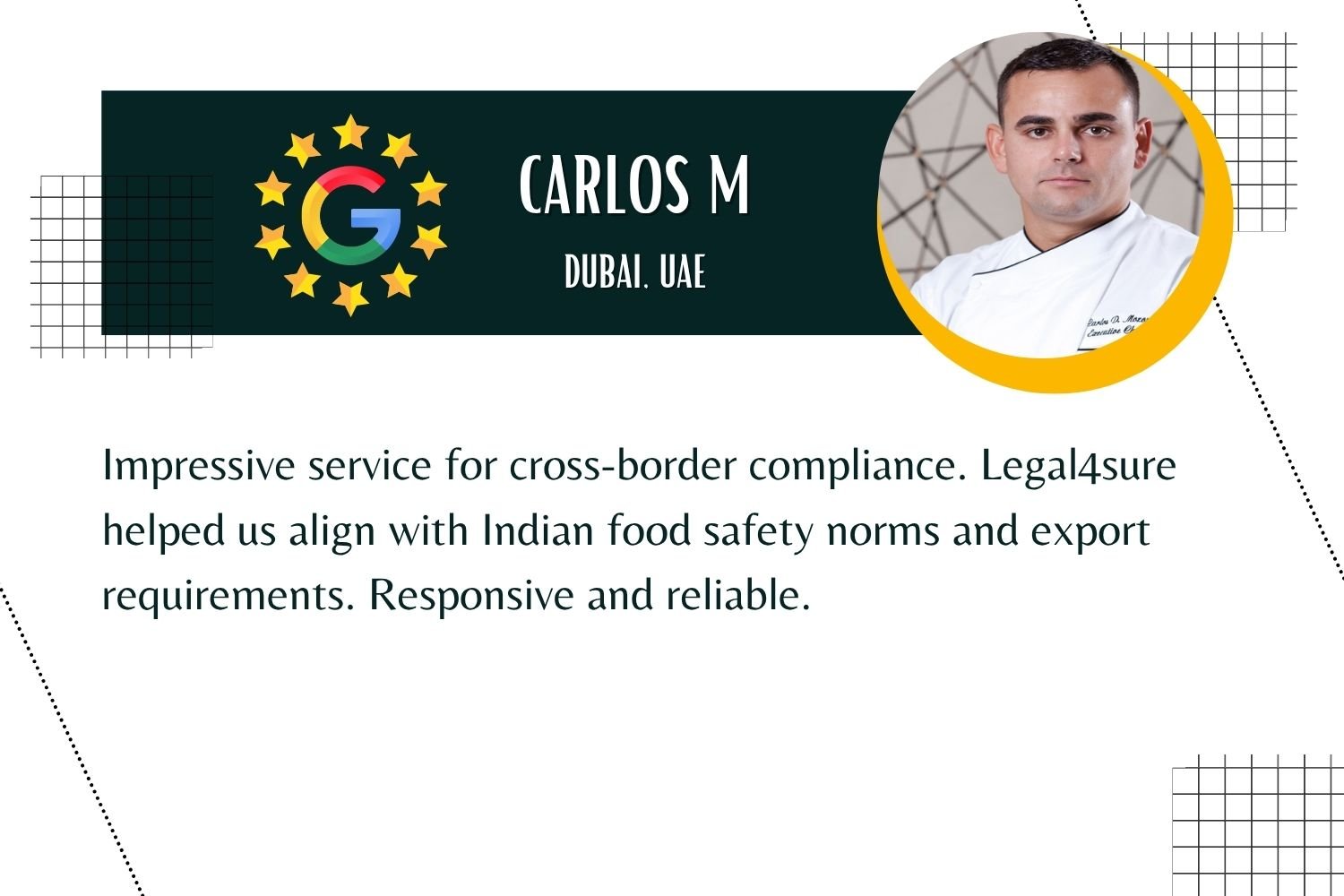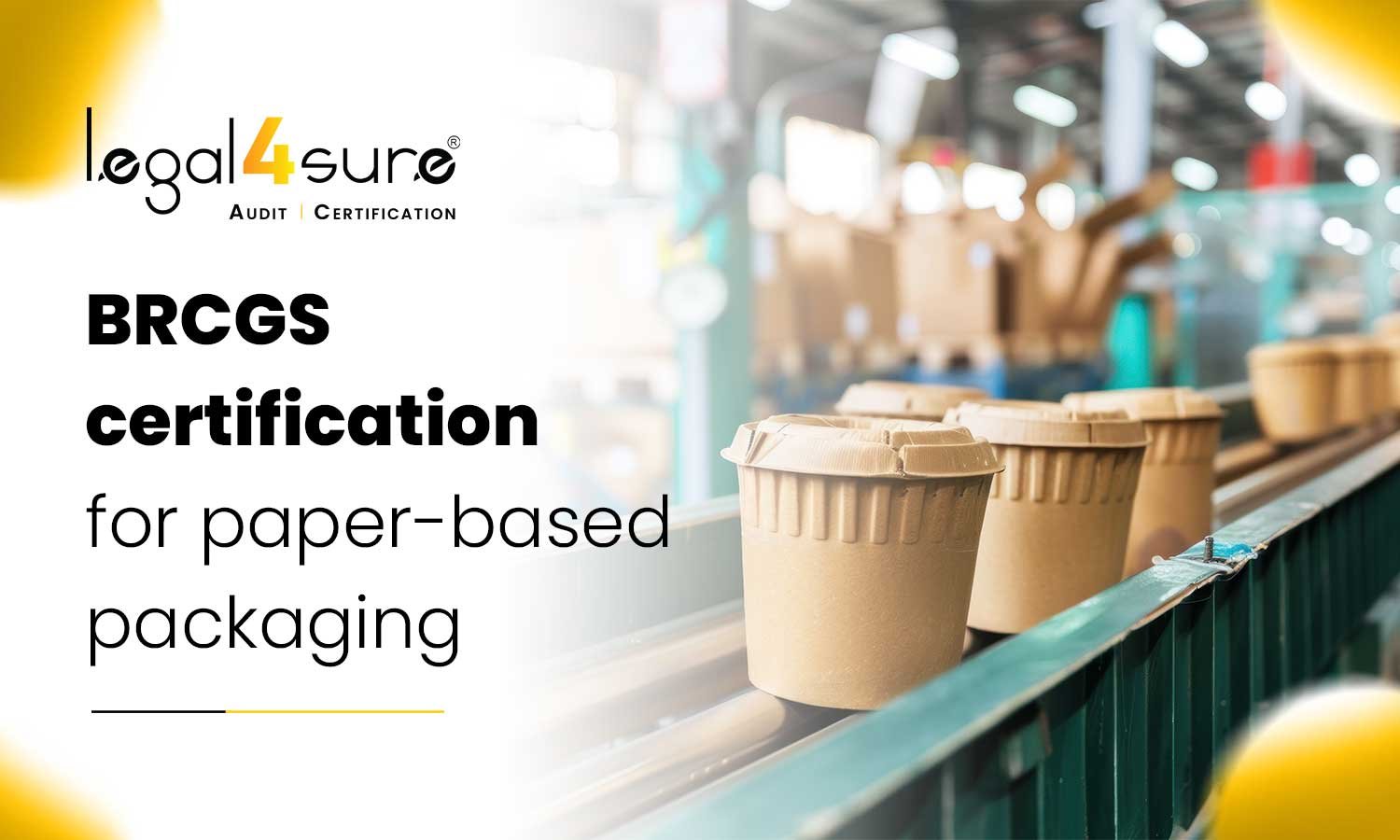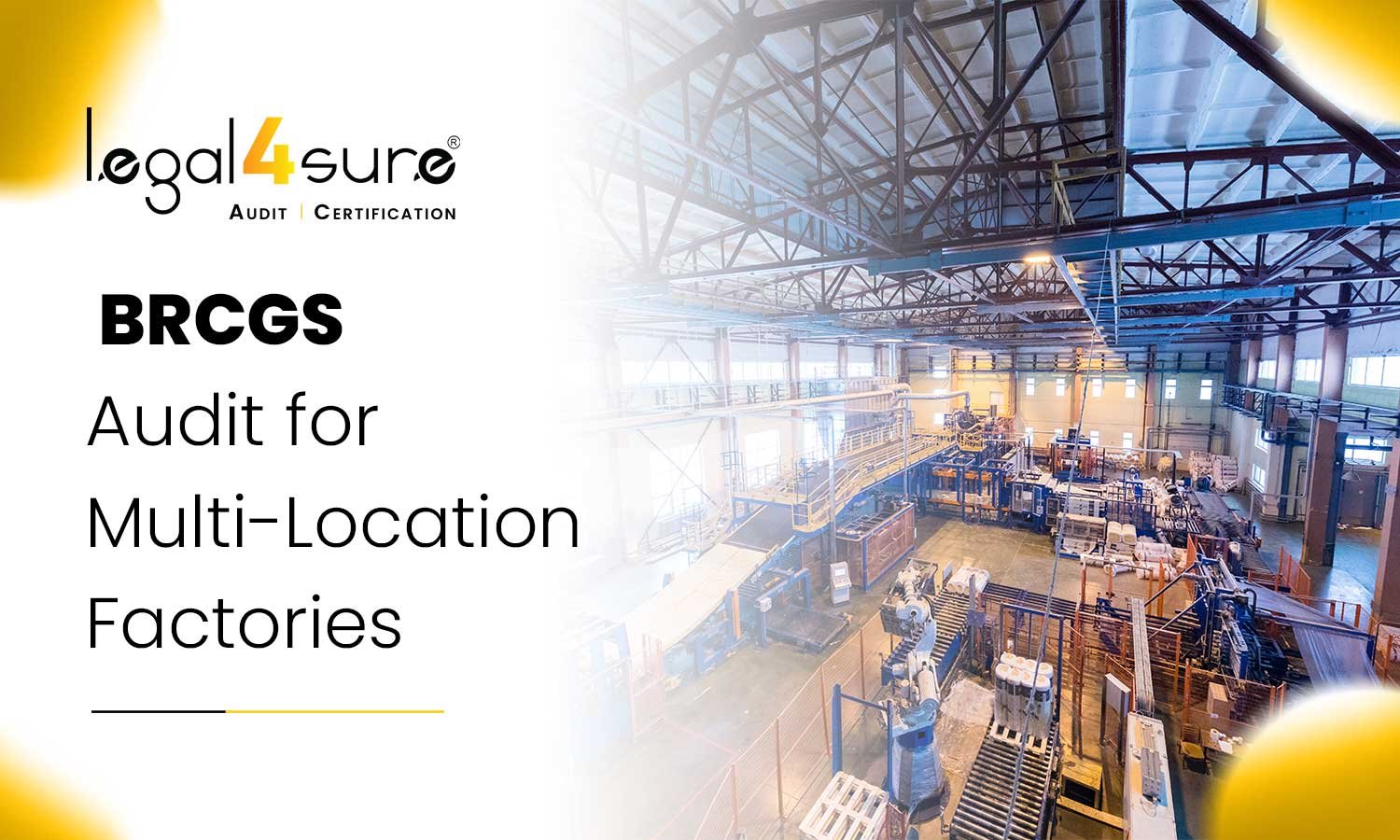Step into any flexible packaging plant and you’ll notice how everything- speed, cleanliness, accuracy, and safety- has to work together perfectly. Now, picture putting all of that under a microscope. That’s what it’s like going through BRCGS certification for flexible packaging materials. It’s not just about checklists or having spotless floors. It’s about proving that your process protects what’s inside every pouch, bag, or roll, day in, day out. If an audit’s coming up or you’re thinking about getting certified, here’s exactly what matters most to auditors, and how to be ready for it.
Flexible packaging BRCGS documentation requirements are non-negotiable
For BRCGS, documentation is how you show control. Whether you make mono-layer films, complex laminates, or foil wraps, auditors will examine how well your system is documented.
So what counts? For starters:
- A full hazard and risk management system (HACCP or HARPC)
- Material specifications with traceability links
- SOPs for cleaning, maintenance, and line clearance
- Product recall and complaint handling procedures
The flexible packaging BRCGS documentation requirements aren’t meant to slow you down. They ensure your team knows and follows the rules daily, not just when someone’s watching. Your records should illustrate your process without needing extra explanation.
Most importantly? Consistency. A missing cleaning log or outdated spec sheet tells auditors one thing: this site isn’t ready for an audit. A proper BRCGS certification for flexible packaging materials heavily depends on documentation that reflects your actual operations, not just what looks good on paper.
GMP and BRCGS compliance for laminate packaging is about control
Laminate packaging is complicated. You’re combining multiple layers, plastic, foil, and adhesives, and each layer introduces new risks. That’s why GMP and BRCGS compliance for laminate packaging requires tight operational discipline.
Auditors will examine:
- Storage and handling of inks, adhesives, and substrates
- Environmental controls during lamination and curing
- Calibration of curing ovens and sealing bars
- Visual inspection protocols for layer integrity
But that’s not all. You also need to show that your Good Manufacturing Practices go beyond machines. Are operators trained? Are maintenance crews documenting delays and repairs? Is the raw material rotated correctly?
Without GMP, your site is a risk zone. And without proving compliance, BRCGS certification for flexible packaging materials can be delayed or denied. Laminates are especially at risk for delamination, migration, and contamination if even one control slips. Your system must show auditors that you’ve identified these risks and minimised them.
BRCGS hygiene standards for film and foil Manufacturers
Hygiene is not just about mopping floors and putting up signs. BRCGS hygiene standards for film and foil manufacturers set clear expectations for cleanliness, and they apply everywhere, from the warehouse to the winding room.
Key points auditors will check include:
- Are handwashing stations placed correctly?
- Do staff wear the right PPE (hairnets, gloves, coats)?
- How are foreign body risks controlled in open roll areas?
- Is there a documented pest control program in place?
Foil and film may look clean, but they can trap particles, attract static, and carry residues from machines or handling. Maintaining hygiene means looking beyond what’s visible—into the spaces between rollers, the corners behind machines, and team habits.
If you aim for BRCGS certification for flexible packaging materials, your hygiene routines must be solid. They must also be supported by strong visuals, logs, and team training. Hygiene isn’t an extra task; it’s your daily foundation.
BRCGS traceability for flexible packaging
Imagine a packaging defect is found at your customer’s end. Can you trace it back to the batch, shift, and machine in under two hours? If not, you’re not meeting BRCGS traceability expectations for flexible packaging.
Here’s what auditors expect you to prove:
- Raw material lot codes linked to finished goods
- Supplier approvals and CoAs are archived and accessible
- Finished rolls clearly and uniquely labelled
- A mock recall successfully completed within 4 hours
This level of traceability is about more than organisation. It’s about controlling risk. If you don’t know where your materials came from or where your products went, you can’t manage contamination, non-conformance, or complaints.
For full BRCGS certification for flexible packaging materials, traceability must be airtight. Every input and output needs a data trail, and that trail must be tested regularly.
BRCGS Packaging Materials Issue 6 introduces sharper rules
The latest revision, BRCGS Packaging Materials Issue 6, has raised the standards. It puts more responsibility on senior management and focuses strongly on food safety culture, cyber risk, and site security.
Here’s what changed:
- Cybersecurity is now part of your risk assessment. If your production lines are networked, this matters.
- Environmental monitoring in sensitive areas is now mandatory.
- The audit measures product safety culture, not just policy, but real team involvement.
Whether you make wrappers, bags, pouches, or sachets, you need to show that your entire organisation, from operators to top management, understands and supports BRCGS goals. This is what BRCGS certification for flexible packaging materials is evolving into: a company-wide commitment.
Foil pouch contamination risks
Let’s discuss specifics. Foil pouch contamination risks are more common than many plants realise. Even if the outside looks clean, problems can hide in seal failures, micro-perforations, or chemical migration.
Auditors want to know:
- Are your sealing machines calibrated and tested?
- Do you test for pinholes and delamination?
- Are inks and adhesives migration-tested and food-grade?
- How do you prevent cross-contamination during filling or packing?
A single unnoticed pinhole or contaminated ink can lead to product recalls. These issues aren’t rare; they are among the most reported non-conformities in BRCGS certification audits for flexible packaging materials. You’ll need evidence of integrity testing, especially for food-contact layers.
How to pass a BRCGS audit for plastic packaging plants confidently
This is the part everyone wants to know: how to pass a BRCGS audit for plastic packaging plants. It’s not about tricks. It’s about showing that your system works without shortcuts.
Here’s what helps sites succeed:
- Daily walk-throughs that catch issues before auditors do
- Regular training, not just once a year
- Mock recalls, internal audits, and hygiene checks are logged and reviewed
- Visual standards are posted and followed in production areas
Most of all? Don’t fake it for the auditor. They’ll know. Sites that earn their BRCGS certification for flexible packaging materials don’t prepare for audits; they run their operations as if every day is audit day.
BRCGS and the Global Packaging Advantage
- BRCGS-certified plants experience about 40% fewer recalls in the first year post-certification.
- Over 6,000 sites worldwide are certified under BRCGS Packaging Materials Issue 6
- BRCGS documents (like Issue 6 materials) emphasize that hygiene, documentation, and traceability, especially related to product recalls, are recurring non-conformities
Struggling with BRCGS? Legal4sure Can Help
 Legal4sure helps your packaging plant meet BRCGS certification standards with expert support in hygiene, documentation, and traceability. Let’s make your next audit smooth, simple, and successful.
Legal4sure helps your packaging plant meet BRCGS certification standards with expert support in hygiene, documentation, and traceability. Let’s make your next audit smooth, simple, and successful.
FAQs
What is the BRCGS certification for flexible packaging materials?
It is a global standard that ensures flexible packaging manufacturers meet strict hygiene, safety, and traceability requirements for films, foils, and laminates.
How do you meet Flexible packaging BRCGS documentation requirements?
Keep updated SOPs, cleaning logs, supplier checks, traceability records, and a documented HACCP plan that matches your processes.
Why is GMP and BRCGS compliance for laminate packaging so important?
Laminates involve adhesives, heat, and multiple materials, which makes them high-risk. GMP helps manage those risks to meet BRCGS audit expectations.
What are BRCGS traceability expectations for flexible packaging?
You must track raw materials to final products, perform mock recalls within 4 hours, and maintain detailed production and shipping records.
What causes foil pouch contamination risks?
Seal failures, pinholes, improper storage, and ink or adhesive migration are common causes; auditors expect proactive controls for each.

